Form and Function of Complex Systems
13-15 September 2023 | EPFL
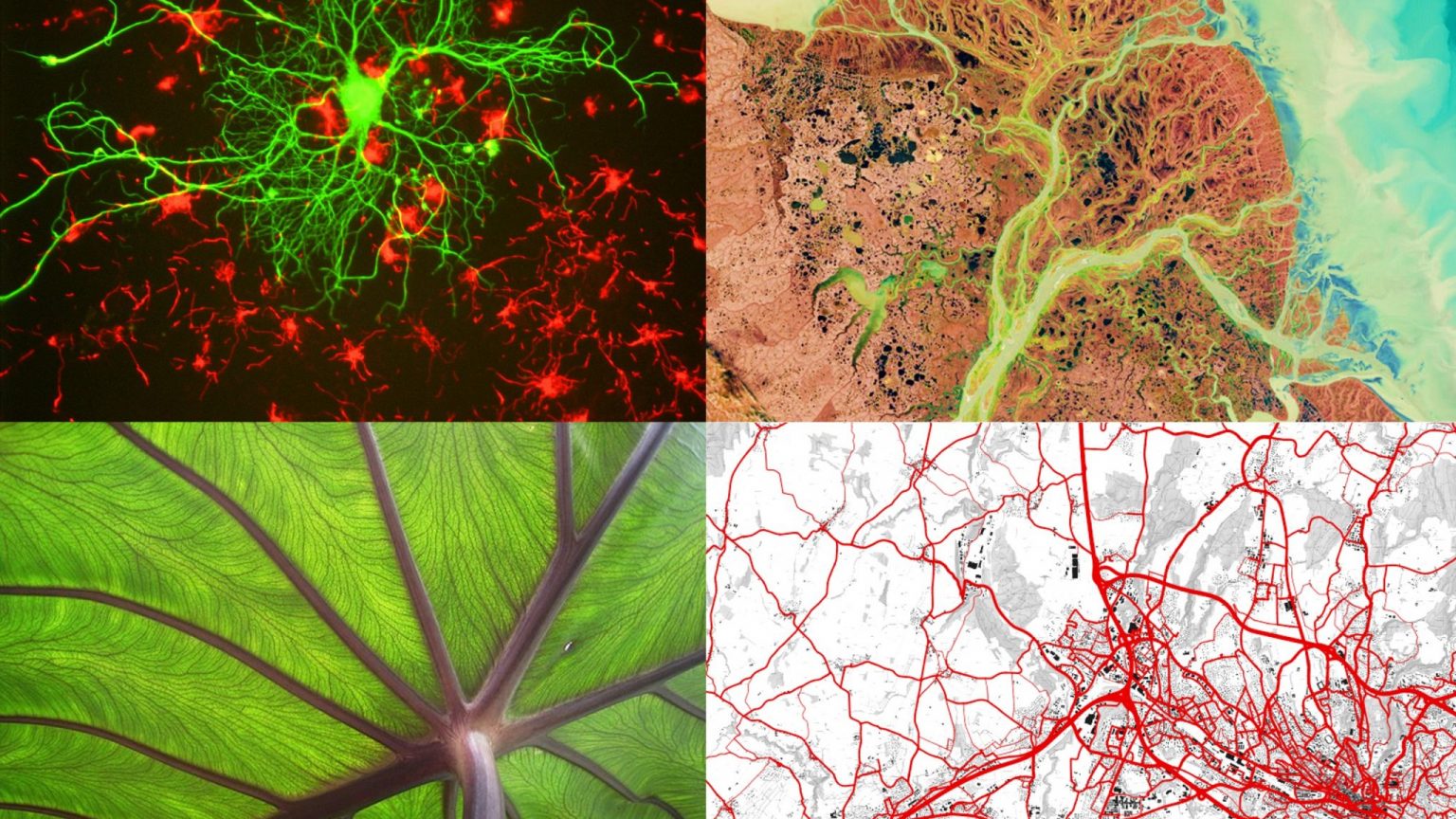
Neurons, river delta, leaf venation, and road network. Cedits: Gerry Shaw, NASA, commons.wikimedia.org, map.geo.admin.ch
On transport, metabolism, and scaling
Roads and railways across the world exhibit striking similarities with other transport networks found in nature, from rivers, to leaf venation, tree branching, mammalian circulatory systems, and cancer vascularization. All these systems have been designed, or have evolved, to distribute resources (e.g., people, water, blood, nutrients) in an efficient manner. This has generated distinctive scaling properties (e.g. between size and metabolic rate) that hold across a variety of organisms and systems, hinting to the existence of a unifying theory linking the form and function of complex systems in the natural, social, and technological domains.
This workshop aims at exploring such similarities to investigate how natural and urban systems have coevolved with their surrounding environment, how they grow and respond to external perturbations, and how we can learn from the natural world to design more resilient and sustainable infrastructures. The goal is to boost and encourage the exchange of ideas, cooperation, and the crossing of disciplinary boundaries.

The idea of a unity behind amazingly different systems has remained latent for two thousand years
Organized by: Prof. Gabriele Manoli (ENAC IA URBES) and Prof. Sara Bonetti (ENAC IE CHANGE)
Date: 13-15 September 2023
Location: EPFL Campus, room GC B3 31
PROGRAM
DAY 1: September 13
Urban Systems
Transport, metabolism, and scaling in Nature and Society
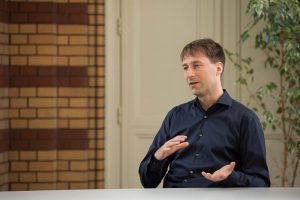
Abstract: Urban scaling, which is based a power-law relation between an urban indicator and city size in term of population, represents a corner-stone of the new science of cities. This presentation consists of three parts dedicated to urban scaling. First, I introduce urban scaling and discuss its origins and predecessors. Second, I review theoretical models that aim at explaining the origin and emergence of urban scaling, following one of our recent publications. The various models explain urban scaling from different premises, i.e. from gravity ideas, densification and cites’ geometry to a hierarchical organization and social network properties. We identified similarities and connections between them, and find situations in which different models lead to the same output. Third, I discuss problems of the urban scaling concept and perspective of future research.
Short Bio: Diego Rybski is a senior scientist at the Potsdam Institute for Climate Impact Research (PIK) and the Wuppertal Institut. Born in Brazil from German parents, after an exchange at Instituto Superior Tecnico in Lisbon he had several research stays at the Bar-Ilan University (Israel). He obtained his PhD in physics in 2006 (JLU-Giessen, Germany) and researched for two years as a PostDoc at the City College of New York (CCNY). He is a Feodor Lynen Research Fellow of the Alexander von Humboldt Foundation and from October 2019 until May 2021 he visited the Department of Environmental Science, Policy and Management at University of California Berkeley. In addition, he is a member of the external faculty of the Complexity Science Hub in Vienna. He is a section editor at PLoS One (Urban Studies). His research focuses on cities and urban systems which he approaches from the complexity science perspective. Specifically, he publishes on cities as complex systems, cities and climate change (mitigation/adaptation), and urban climate including the urban heat island effect. Currently, he is coordinating the UPon project (Urban Percolation) funded by the German Research Foundation (DFG). At the University of Potsdam he is regularly teaching at the Institute of Earth and Environmental Science.
Short Bio: Marc Barthelemy is a former student of the Ecole Normale Superieure of Paris and is a research director at the Institute of Theoretical Physics (IPhT) in Saclay and a member of the Center of Social Analysis and Mathematics (CAMS) at the Ecole des Hautes Etudes en Sciences Sociales (EHESS). He has worked on applications of statistical physics to complex networks, epidemiology, and spatial networks. Focusing on both data analysis and modeling, he is currently working on urban networks and various aspects of the science of cities. He published recently “The Structure and Dynamics of Cities” (Cambridge Univ. Press, 2016), “Morphogenesis of spatial networks” (Springer 2018), and “Spatial networks” (Springer, 2022).
15:40 – 16:10 CET: Coffee break
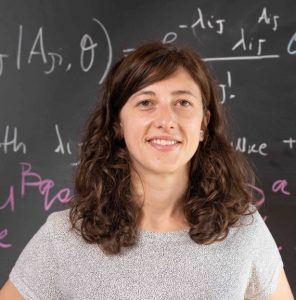
Abstract: Optimizing transportation of passengers and resources in complex networks is a central issue in many real-world problems. These range from the compelling design of smart urban transportation systems for cities of the future, which have to meet efficiency, sustainability, and economical requirements, to the study of natural selection mechanisms shaping ecosystems systems, e.g. venation of leaves, deltas of rivers. In this talk we will discuss the problem of optimizing flows and traffic in networks using a dynamical formulation of optimal transport theory. Using analogies with physical systems such as electrical grids or hydraulic networks, we will show how this approach can be used to route passengers of different types in a multi-commodity formulation and how this can be adapted to transportation in multi-modal networks, where passengers can switch between different transportation modes. The ability to arbitrarily tune a parameter that interpolates between different relevant cost functions allows to investigate different transportation regimes. In particular, we will show how one could simulate scenarios where traffic should be minimized in certain modes (e.g. roads) while it should be consolidated in others (e.g. rails) and how this can result in desirable properties such as decreased carbon emissions.
Short Bio: Caterina De Bacco is a Cyber Valley Group Leader at the Max Planck Institute for Intelligent Systems, Tübingen, Germany. She leads the Physics for Inference and Optimization group focusing on modeling complex interacting systems. Her group combines expertise from physics, mathematics and statistics to effectively model systems made of many individual elements that interact in complex ways, often referred to as networks. She received her BSc and MSc degrees in Phyiscs from University of Padova, in 2010 and 2012, respectively, and a Ph.D in Statistical Physics from University Paris Sud 11, in 2015. She was a Postdoc researcher at the Santa Fe Institute from 2015 to 2018 and then at the center for Data Science at Columbia University in 2018. Since mid 2018 she is a Cyber Valley group leader at the Max Planck Institute for Intelligent Systems, a faculty member of International Max Planck Research School (IMPRS-IS) and at the Center for Learning Systems (MPI-IS and ETH Zurich).
DAY 2: September 14
Natural Systems
Transport, metabolism, and design in Nature
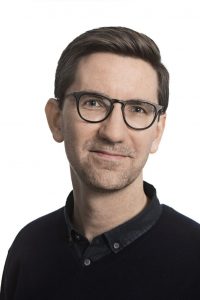
Abstract: Controlling fluid flow is a fundamental problem with applications from biomedicine to environmental engineering. Contemporary solutions combine electromechanical sensors, valves, and pumps; however, these are expensive and difficult to maintain. We report an autonomous flow control principle inspired by vascular transport in plants. Combining experiments on real and biomimetic tissues, we show that networks of cells linked by nonlinear valves permit the physical programming of a nearly arbitrary pressure drop versus flow rate relation. The nonlinearity results from fluid-structure interactions that allow a flexible element to selectively block the valve aperture. We report four applications: parallel connections that function as (i) a nonlinear flow controller, (ii) a constant flow controller, (iii) a reverse Ohm flow controller, and a serial connection that acts as (iv) a fluidic on-off switch.
Short Bio: Kaare H. Jensen is associate professor at the Department of Physics, Technical University of Denmark (DTU). After a PhD at DTU on microfluidics, he moved to Harvard University, US, for postdoctoral research on vascular transport in plants. Since obtaining tenure at DTU, he has developed research in two areas: low-Reynolds-number fluid-structure interactions and plant vascular biophysics.
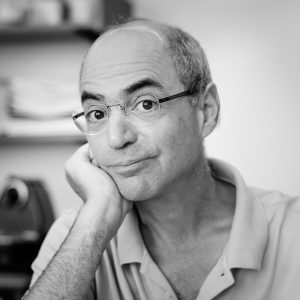
Abstract: The carbon cycle’s production and consumption of organic carbon must ultimately balance. Microbes close the loop, but the longer organic matter survives, the slower microbial degradation becomes. This aging effect leaves observable quantitative signatures: organic matter decays at rates that are inversely proportional to its age, while microbial populations and concentrations of organic carbon in the water column and ocean sediments decrease at distinct powers of sediment age. Yet mechanisms that predict this collective organization remain unknown. Here I show that these and other observations follow from the assumption that the decay of organic matter is limited by progressively rare extreme fluctuations in the energy available to microbes. The theory successfully predicts not only observed scaling exponents, but also a previously unobserved crossover to a different scaling regime in old sediments where organic carbon concentrations are very low. The resulting picture suggests that the carbon cycle’s age-dependent dynamics are analogous to the slow approach to equilibrium in disordered systems. The impact of these slow dynamics is profound: they require the accumulation of unoxidized organic carbon in deep sediments, thereby freeing molecular oxygen to accumulate in the atmosphere.
Short Bio: Daniel H. Rothman is a Professor of Geophysics in the Department of Earth, Atmospheric, and Planetary Sciences at MIT. His work has contributed widely to the understanding of the organization of the natural environment, resulting in fundamental advances in subjects ranging from seismology and fluid flow to biogeochemistry and geobiology. He has also made significant contributions to research in statistical physics. Much of his recent interests focus on the dynamics of Earth’s carbon cycle. Rothman joined the MIT faculty in 1986, after receiving his AB in applied mathematics from Brown University and his PhD in geophysics from Stanford University. He has held visiting appointments at the University of Chicago, Ecole Normale Superieure, and Harvard’s Radcliffe Institute for Advanced Study, and has been honored as a Fellow of the American Physical Society and the American Geophysical Union. He is the recipient of the 2016 Levi L. Conant Prize from the American Mathematical Society. Rothman is co-founder and co-director of MIT’s Lorenz Center, a privately funded interdisciplinary research center devoted to learning how climate works.
10:40 – 11:10 CET: Coffee break

Abstract: Topological data analysis, and in particular persistent homology, has provided robust results for numerous applications, such as protein structure, cancer detection and material science. In the field of neuroscience, the applications of TDA are abundant, ranging from the analysis of single cells to the analysis of neuronal networks. The topological representation of neurons and other brain cells has been successfully used for a variety of classification and clustering problems, demonstrating a successful path of topological data analysis applications. In this talk, I will present some recent results on the topological representation of brain cells, with a focus on neurons and microglia. I will also describe our solution for generating artificial neurons based on their topological description, and generate detailed neuronal networks with the appropriate topological structure.
Short Bio: Lida Kanari is a mathematician with a passion for understanding biological processes. After completing her undergraduate studies in mathematics at the National Technical University of Athens, she pursued a PhD in computational neuroscience at the Blue Brain Project in EPFL, Lausanne. During her doctoral research, she made significant contributions to understanding the shapes of neurons, using algebraic topology, by representing neurons with topological barcodes. Her innovative approach opened new avenues for analyzing complex branching structures such as neurons, blood vessels, and botanic trees. Currently, Lida serves as the group leader of the neuromathematics team at the Blue Brain Project. Her research interests encompass a wide range of topics, including algebraic topology, stochastic processes, branching trees, and networks. Through her interdisciplinary work, she strives to unravel the underlying mathematical principles governing the brain’s intricate organization and function.

Abstract: This work is concerned with the theory of Ramified Optimal Transportation and its application to the modeling of natural formations such as plant-roots, networks of transport vessels (e.g., in the human body or in plant leaves), river networks, etc. We show how this theory can be casted within an optimization framework and describe how the minimizers of an appropriate functional are fractals that resemble natural structures. This functional contains two terms: one is proportional to the energy dissipated during the transport; the other can be interpreted as being proportional to the cost of building the transportation infrastructure. This interpretation suggests the use of this approach to the study of the co-evolution of the population distribution in a city and its transportation networks.
Short Bio: Mario Putti is professor of Numerical Analysis at the University of Padua, Italy. The main scientific interests include the development of models of natural systems, typically but not exclusively related to surface and subsurface hydrology, computational fluid dynamics, geomechanics. He is the author of more than 200 papers in peer reviewed journals, conference proceedings and book chapters.
13:00 CET: Lunch break
20:00 CET: Social dinner (by invitation only)
DAY 3: September 15
Discussion
10:40 – 11:10 CET: Coffee break
12:30 CET: Farewell lunch (by invitation only)

Contact
Any questions regarding the event? Please contact [email protected]